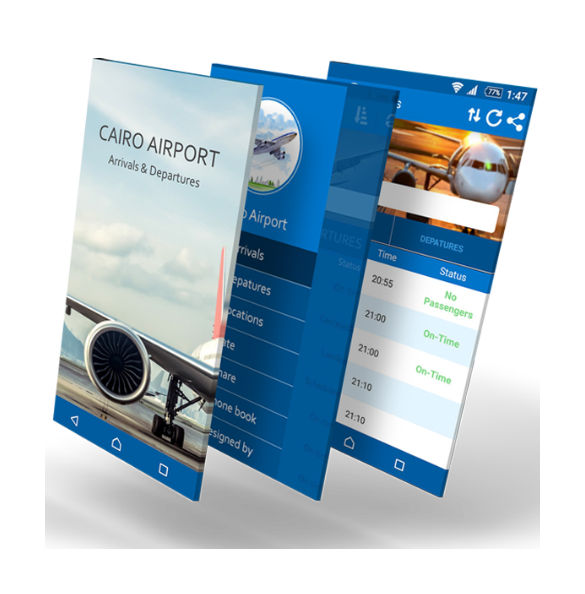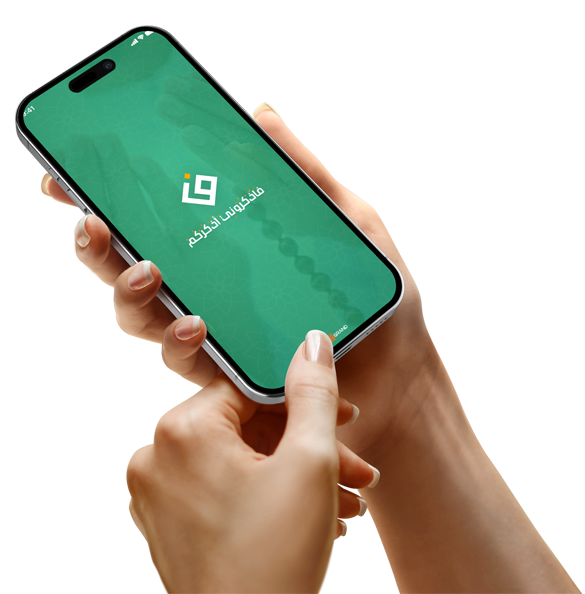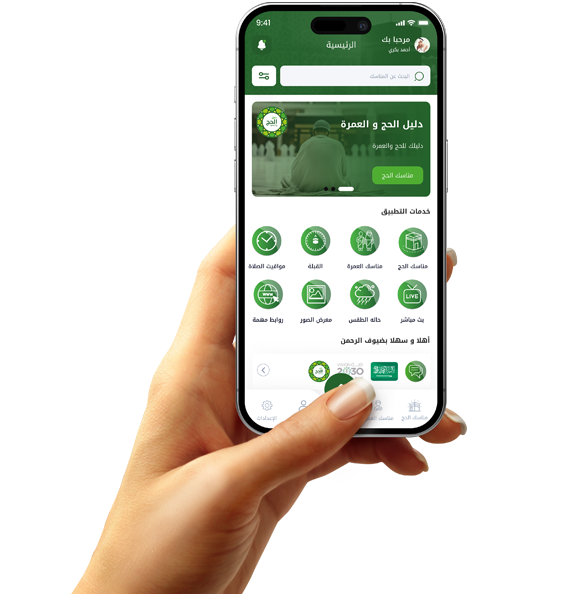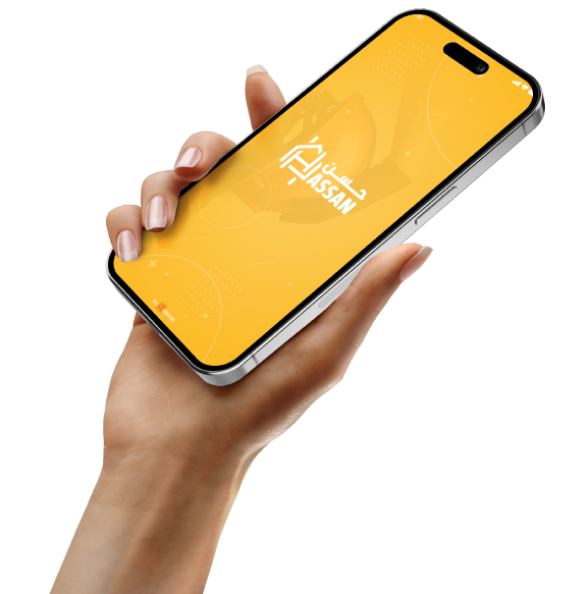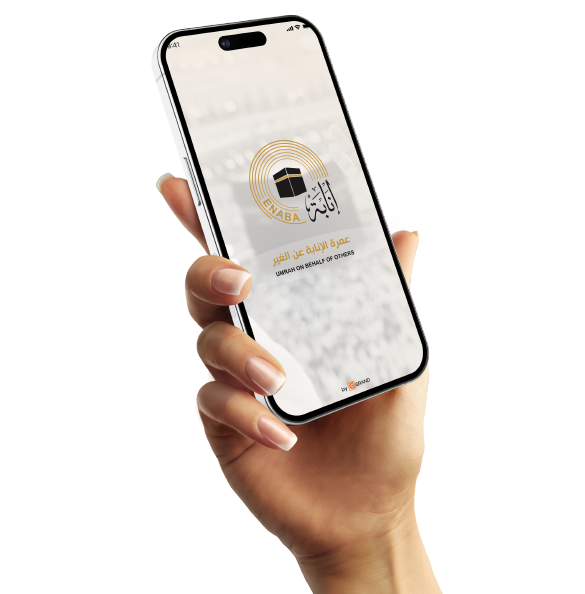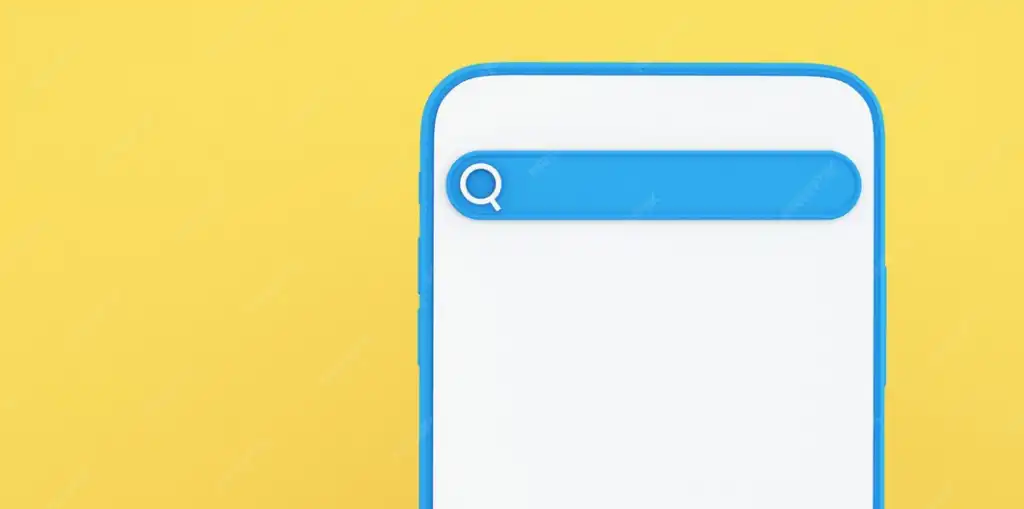Your app is used without you, but it should speak for you.
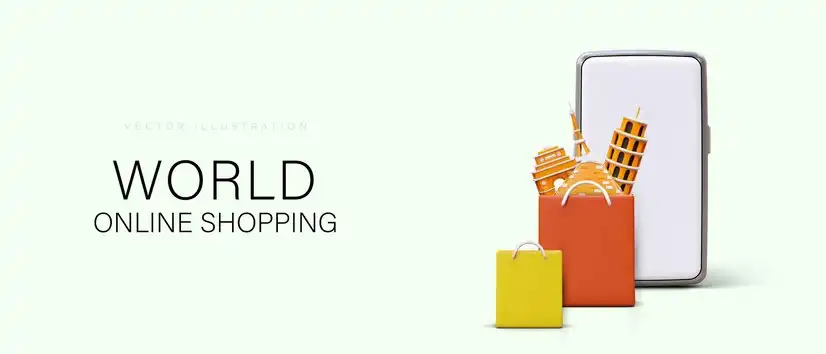
"When your voice is absent, let your app speak for you."
In the world of apps, you're not there moment by moment, but your app is always there. This is where the difference lies between an app that performs a function and an app that embodies your identity. The real question isn't just: "Does the app work?" but rather, "Does the app speak for me?"
From the first time the user opens it until the last interaction, they should feel that behind the design is a mind they know, a welcoming voice, and a style that resembles theirs. Even the error message shouldn't be cold, but rather convey the same quality you'd deliver if you were present.
The names of the buttons, the layout of the products, the written wording, and the order confirmation style all reflect the tone of your business. Don't leave them generic or robotic. Choose your words carefully, just as you would in an interview with a potential client. The app is used in your absence, but it shouldn't be silent or alien to you.
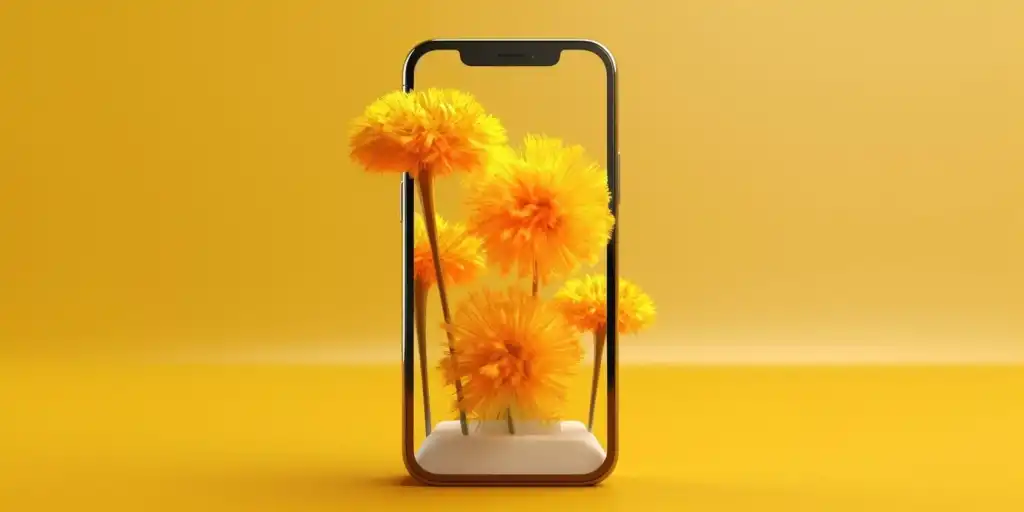
"Every screen in the app represents a sentence from your conversation with the customer."
When you design an app, you are essentially writing an indirect dialogue between you and each user. You may not be there to explain your idea or offer your service, but every screen, every button, every written phrase represents a sentence you silently say to the customer.
Don't fill your app interfaces with cold words or dry instructions. Think: If you were standing in front of the customer, how would you explain it? How would you smile? How would you make them feel comfortable? Then transfer these feelings and methods into your app design. The choice of vocabulary, the order of steps, and the way products are displayed are all your communication tools.
When the app says "Your order is being processed," does it mean it dryly or with care? The same sentence can be written mechanically or with a human spirit. The difference between the two is what makes the app feel like real humans are behind it, caring, welcoming, and explaining.
Also, think about moments of tension, such as a service outage or a delayed order. Do you leave the user without an explanation? Or do you have the app reassure them with a thoughtful, respectful response? The small details are what make the user experience, and they're what make the app feel like you, always present.
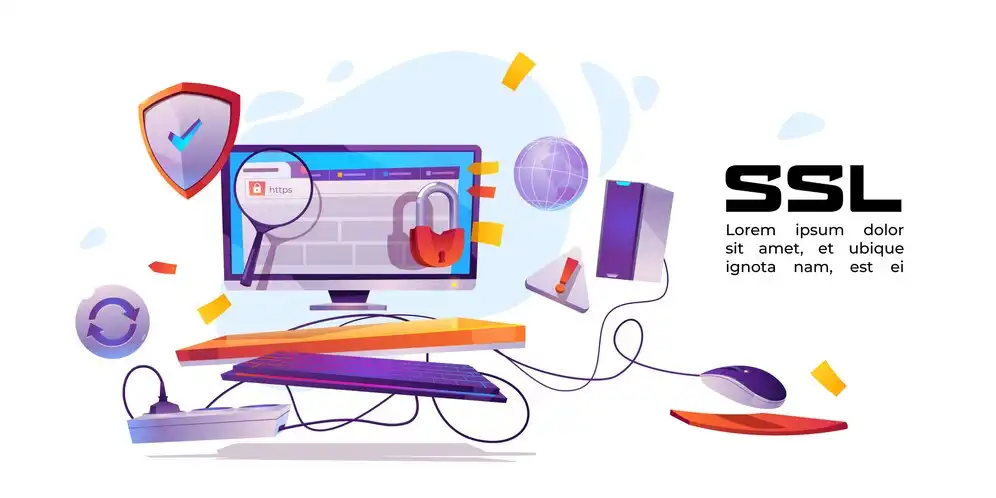
"Your app is your official representative in every pocket."
In the age of apps, customers no longer wait to visit you; you are the one visiting them in their pocket, on their phone, all the time. But the most important question is: Does the customer who visits them resemble you? Does the app the customer is downloading properly represent your project, your identity, and your brand?
When you place your logo on the app, it's not enough. Everything after the logo should be an extension of your voice. The way you deliver your service, the navigation, the way you present your products—they should all tell the customer: This app is from the same mind and spirit as the person who designed it or the company behind it.
An app doesn't speak in spoken words, but in a thousand ways. Speed, simplicity, welcoming, and even colors are all continuous messages. If your real-life messages are elegant and clear, make the app send the same messages without interruption.
Consider how you greet your customer at your workplace: you smile, you explain, you care. Does your app do the same? Does the user feel this presence? Or is it met with silence or a cold, soulless design? Remember, the app is open 24 hours a day, representing you at every moment.

"The app speaks... make it speak your way."
Don't treat your app as just a piece of technology that performs functions. Rather, view it as your digital voice. Every line of code is a phrase, every design is a gesture, and every screen the user sees is an opportunity to communicate a message. Therefore, if your app speaks, it must speak your way, not a generic, repetitive style.
You know your audience, you know how to explain your service to them, and you know how to build a relationship with them. Why not transfer this knowledge to your app? Make the language familiar, relatable, and similar to what you say in meetings and live chats. Choose your words as if you were speaking to the user face-to-face.
Even automated responses can be human. Instead of "The process was completed," say "Your request was successfully completed, thank you for your trust." This small addition makes the user feel valued and interested in their experience. This is the difference between an app that lives inside the phone and one that lives in the user's mind.
Don't make the design dry, and don't make the content static. Make sure your app has a distinctive tone—one that reflects you and establishes your brand. When a customer sees any notification or message within the app, they should feel like it's coming from a source they know and trust.



